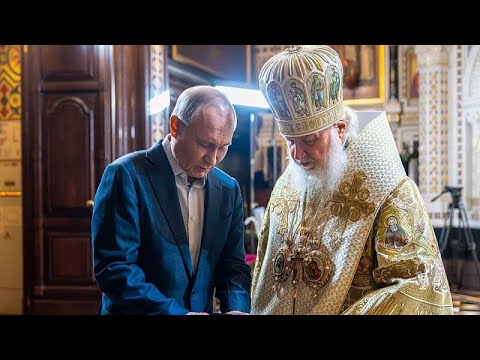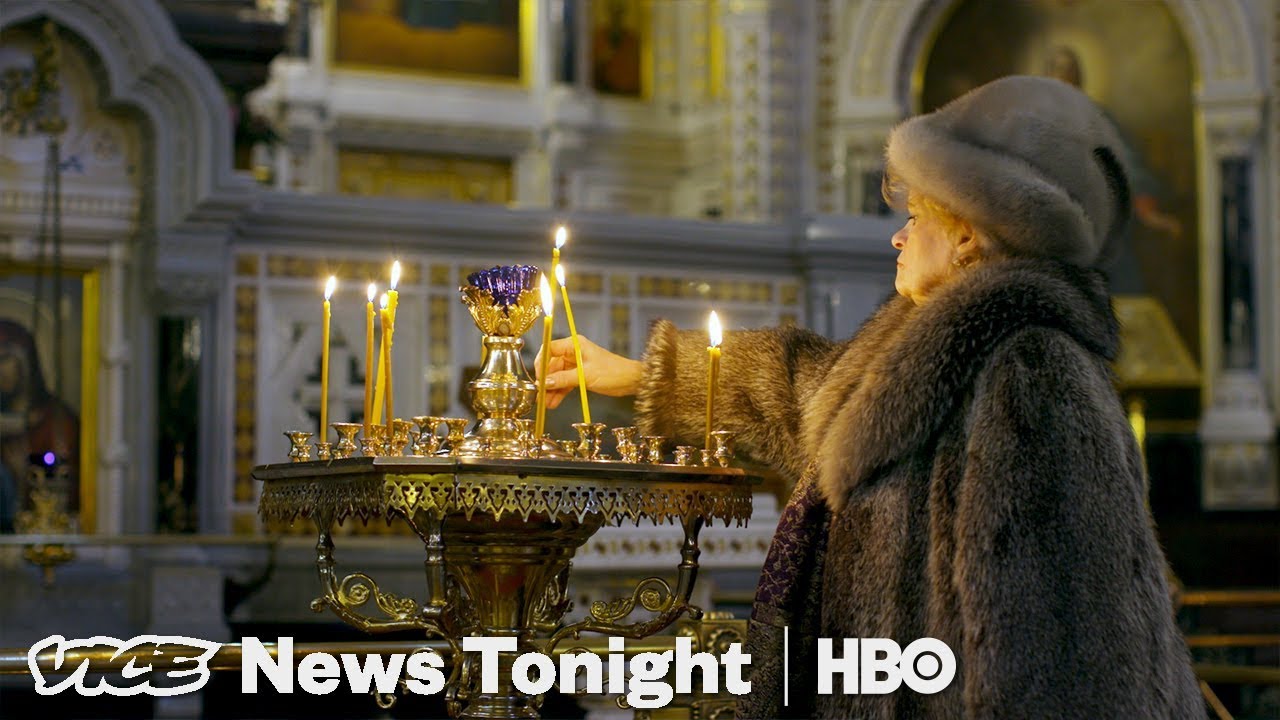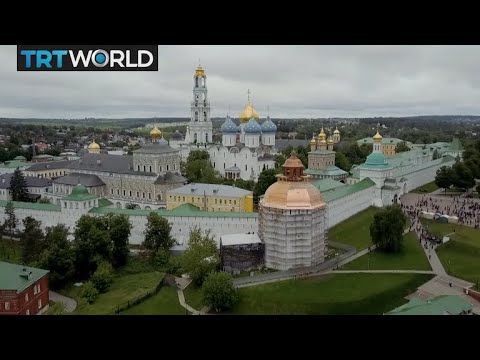The Russian Orthodox Church (ROC) stands as a significant force in contemporary society, intertwining deeply with the socio-political fabric of Russia. As Russia perceives a rise in nationalistic sentiments, the ROC has aligned itself more closely with the Kremlin, offering a layer of religious legitimacy to governmental policies. This powerful partnership has not only allowed the Russian Orthodox Church to maintain its societal relevance but has also resulted in millions of followers looking towards it for spiritual guidance. In a country where faith and statecraft are closely linked, the ROC is not merely a church; it represents a formidable influence that shapes public opinion and government directives.
The relationship between the church and the state is complex and layered, enabling the ROC to play an important role not just in religious matters but also in the political landscape. With key members of the church frequently seen at state events and endorsing government policies, it’s hard to overlook the significant sway that the ROC holds in national affairs. Furthermore, its ability to resonate with the populace through various cultural and social initiatives keeps its influence vibrant and far-reaching.
In this investigation, we will explore five key areas showcasing the influential role the Russian Orthodox Church continues to play today.
1. The Role of the Russian Orthodox Church in Contemporary Society
Political Landscape
The political engagement of the ROC is a well-documented phenomenon. The church has been vocal in its support of various government measures, including a ban on same-sex marriage, a policy firmly rooted in its doctrine regarding family values. Patriarch Kirill’s public support for President Putin, especially during the Ukraine crisis, highlights the strong alignment between religious and state ideologies. This relationship marks the ROC as a pillar of support for the Kremlin, reinforcing its stance in times of upheaval and navigating through national challenges.
Cultural Identity
The ROC plays a central role in reinstating a sense of Russian identity steeped in Orthodox traditions. Public spectacles, such as the annual Easter service at the Cathedral of Christ the Savior, witness large turnouts that often include prominent government officials. These events not only symbolize faith but also serve to strengthen cultural ties that connect modern Russians to their historical roots. The church champions various cultural undertakings that echo ancient traditions, further cementing its status as a custodian of Russian heritage.
Global Outreach
While the ROC predominantly serves its national flock, its outreach transcends borders, boasting a vast network of Eastern Orthodox communities worldwide. This outreach is driven by both spiritual and geopolitical motivations, particularly evident in its stance against the Ukrainian Orthodox Church, which seeks to deviate from Moscow’s control. This strategic position demonstrates the ROC’s ambition to wield influence beyond Russia, showcasing its role in broader international issues and religious diplomacy.
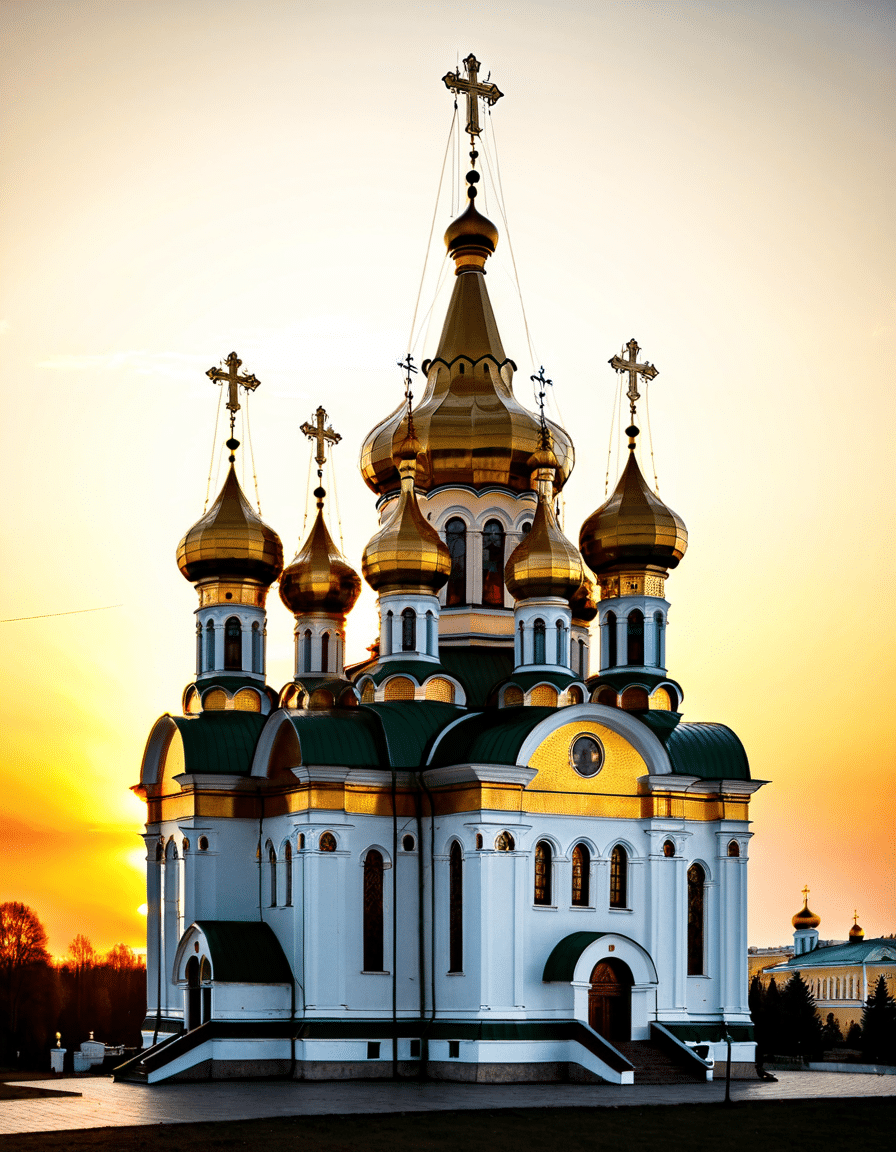
2. Five Key Areas of Influence of the Russian Orthodox Church
Community Engagement
The ROC is heavily invested in grassroots activities that enhance its community role. Local parishes often step up to address social issues, running soup kitchens, rehabilitation centers for the homeless, and support groups for those affected by domestic violence. This extensive community involvement not only affirms the church’s commitment to welfare but also elevates its respect and authority among citizens. Such initiatives reflect a dynamic approach to spirituality, blending faith with tangible support for society.
Relations with Other Religions
The ROC is primarily focused on the Orthodox Christian community, yet it also interacts with other faiths, including Islam and Buddhism, fostering interfaith dialogue aimed at promoting harmony. Joint initiatives and community programs illustrate a commitment to mutual respect. However, challenges arise, particularly concerning conflicts with Islamic organizations over cultural spaces, such as the proposed Hindu temple in Moscow. These situations underscore the delicate balance the ROC must maintain in a diverse religious landscape.
Social Issues
As progressive movements gain momentum, the ROC finds itself reacting to evolving societal expectations. Engaging with contemporary issues like environmentalism and social justice has become crucial for its appeal to younger generations. The church’s active presence on social media, combined with its modern communication strategies, seeks to resonate with those who may otherwise feel disconnected from traditional religious values. Through these efforts, the ROC hopes to reinvigorate its following in an increasingly secular urban landscape.
3. The Future of the Russian Orthodox Church Amid Global Challenges
Looking ahead, the ROC faces significant challenges, particularly among urban populations where active worshippers are dwindling. Younger generations tend to lean towards secular beliefs, which puts the church’s future in a precarious position. The rise of alternative spiritual movements also threatens traditional teaching, pushing the ROC to adapt to shifting cultural norms.
Despite these hurdles, the church’s proactive engagement in discussions about pressing social issues evidences its commitment to remain relevant. Social media campaigns aimed at younger demographics illustrate a strategic pivot towards modernity, enabling the ROC to tackle topics that resonate with contemporary audiences. The ultimate test will lie in whether these efforts successfully attract and cultivate a new generation of followers.
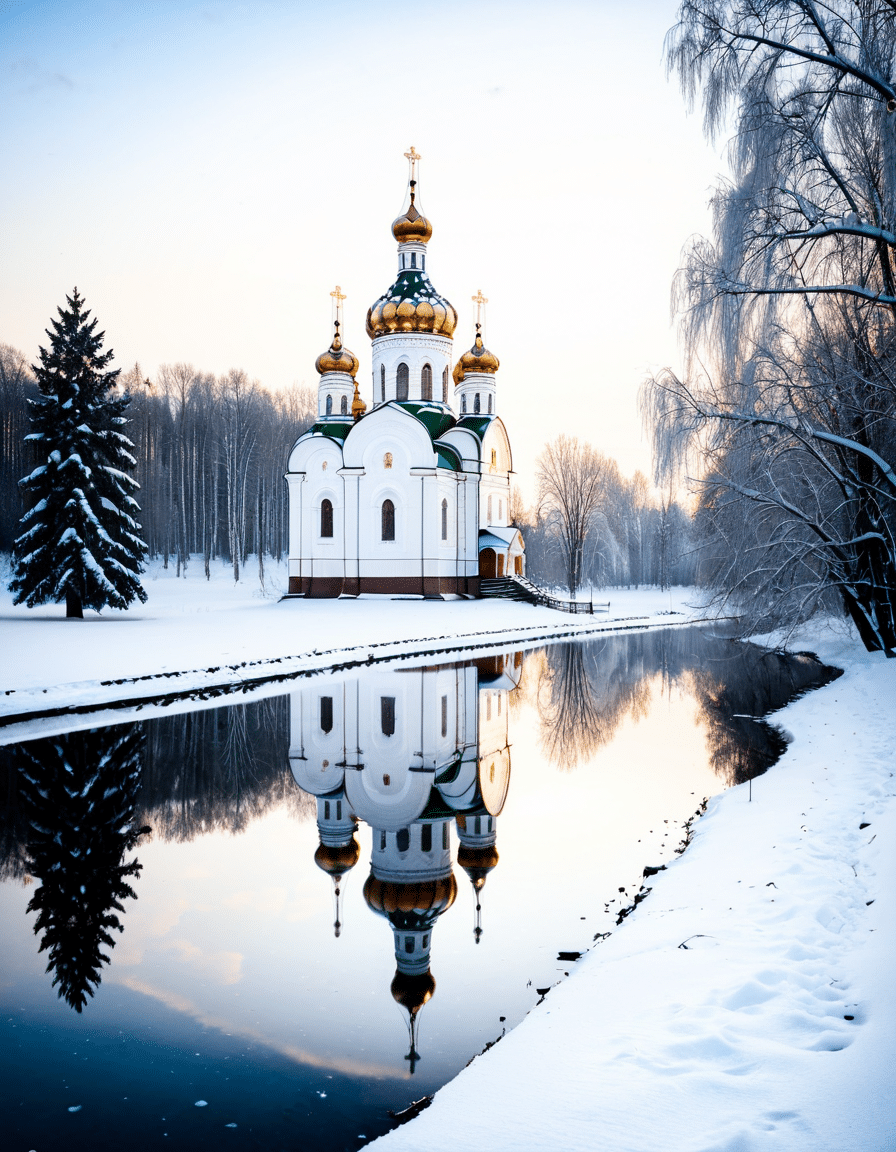
4. Reflection: The Ongoing Legacy of the Russian Orthodox Church
As the ROC stands at an intriguing crossroads, its influence reverberates through many facets of Russian life, embodying a connection between faith and national identity. The church’s efforts to maintain relevance by engaging with diverse religious communities and addressing societal needs are commendable. Yet, it must also navigate the evolving dynamics of modern society, balancing tradition with innovation.
The church’s relationships with both state and society continue to shift, reflecting the complex realities of today’s Russia. As it adapts to challenges, the ongoing legacy of the Russian Orthodox Church will ultimately hinge on its ability to evolve while preserving the core tenets that have sustained it over centuries. The upcoming years will be critical in determining whether the ROC can uphold its authority and continue shaping the spiritual landscape for future generations.
In conclusion, the Russian Orthodox Church is much more than just a religious institution; it is a powerful social and political entity. As it strives to adapt to modern challenges, the church’s trajectory may either reinforce its stronghold in Russia or catalyze a significant transformation in its role within society.
The Russian Orthodox Church: Trivia and Insights
A Rich Tapestry of History
Did you know the Russian Orthodox Church traces its roots back to the 10th century? That’s right! Its establishment marked a pivotal moment in Russian history, as it intertwined faith with the growing identity of the nation. Interestingly, the church has evolved into a powerful player not just in religion but also in politics and culture. This is somewhat akin to actors like Cuba Gooding Jr., whose talent brings stories to life, making impressions that resonate for decades.
Traditions and Beliefs
The Russian Orthodox Church isn’t just about rituals; it’s steeped in a plethora of traditions that celebrate community and unity. For instance, the church’s calendar features a variety of unique feast days, each with its own significance. They even host special services for occasions such as the Heisman Trophy Winners celebrations—they might not have a direct link, but they showcase how different cultures find joy and honor in their legends! The ties to cultural celebrations highlight how faith can blend with contemporary life, almost like the excitement you feel when you watch Dragon ball super super hero; both are thrilling cultural phenomena in their own rights.
The Church Today
In today’s world, the Russian Orthodox Church continues to hold sway over millions, guiding their morals, traditions, and everyday lives. This influence can be likened to the powerful messages delivered through art and music, much like the poetry of Rapsody or the impactful performances in films like The Gray Man. Additionally, as the church adapts to modern times, it echoes the trend of lab-created diamonds, symbolizing how beauty and value can evolve without losing their essence. So, while the Russian Orthodox Church stands firm in its ancient traditions, it’s also navigating the currents of contemporary society, ever-ready to bridge the past with the present.




